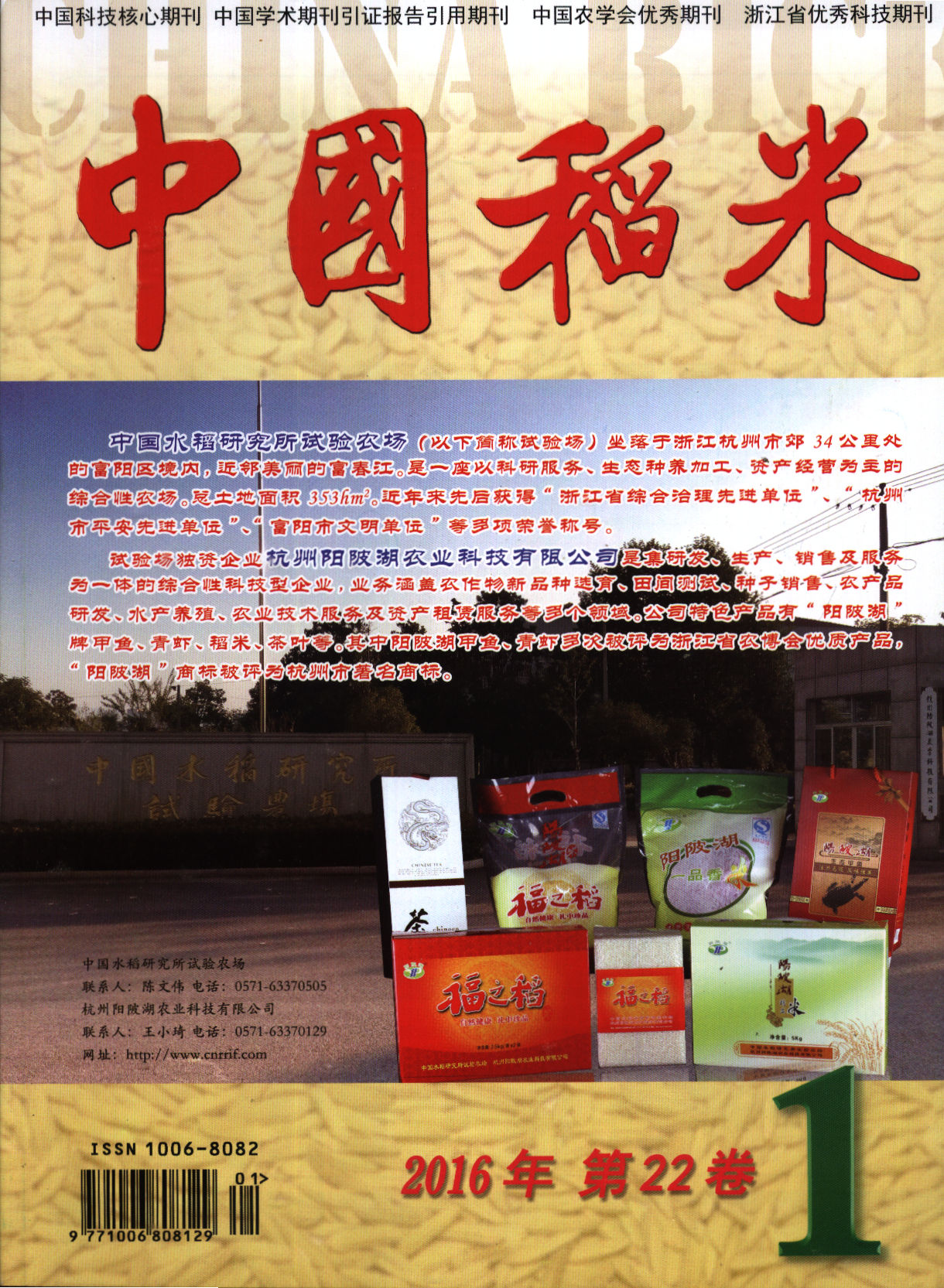|
|
Review on Rice Quality Formation and its Regulation Mechanism
2016, 22(1):
10-13.
DOI: 10.3969/j.issn.1006-8082.2016.01.002
This paper introduced the evaluation criteria of rice quality, for rice appearance quality, milling quality, cooking quality, eating quality and nutrition quality, according to the research of rice quality in China and abroad. Moreover, the mechanism of the rice quality formation was discussed, which mainly included the relationship between the organization structure, the material basis and the rice quality, as well as the influence factors in different growth stages of the formation of the rice quality. Furthermore, in this paper, the influencing factors of the rice quality was analyzed from genetic characteristics and environmental factors. In conclusion, starch and protein play an important role in rice quality formation. And the change of environmental factors would affect the synthesis and accumulation of starch. The environmental factors covered temperature, light, CO2 and others. In the background of global climate change, we should take appropriate measures to adjust to the influence of the increasing of the temperature and the CO2 density, so as to improve rice quality. It should be regarded as one of the research direction about improving rice quality in future.
|

